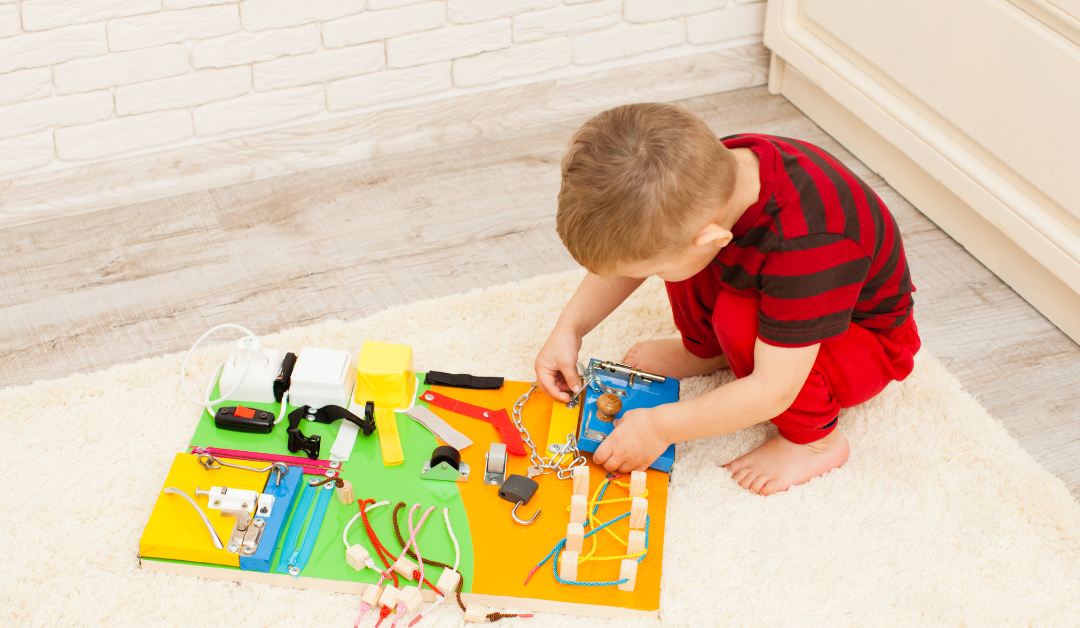Stimulus salience refers to the degree of which a stimulus stands out from its surroundings and captures our attention. In other words, it’s how noticeable or important a stimulus appears to us. For people with autism, stimulus salience can have a significant impact on their sensory experiences and behavior.
Individuals with autism may have difficulty filtering out irrelevant sensory information and may be more sensitive to sensory stimuli, such as:
- Lights
- Sounds
- Textures
This can make it difficult for them to focus on important information or tasks, as they may become overwhelmed or distracted by other stimuli in their environment.
Additionally, individuals with autism may be drawn to certain stimuli that have high salience, such as bright lights or repetitive patterns. This can lead to repetitive behaviors, such as hand flapping or rocking, that can provide sensory stimulation and help regulate their sensory experiences.
By creating environments that minimize unnecessary sensory stimuli and provide sensory experiences that are helpful and calming, individuals with autism can better manage their sensory experiences and behaviors. It’s important to work with healthcare providers and therapists to develop strategies that are tailored to the individual needs of each person with autism.

